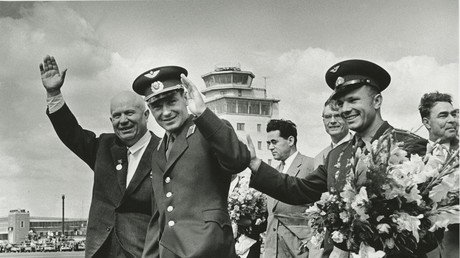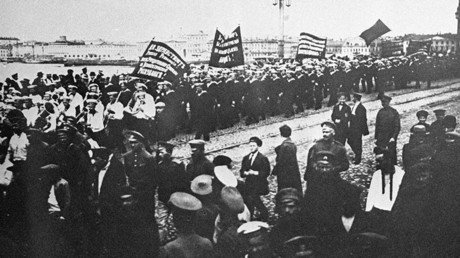How the Romanovs brought Red Cross to Russia and revolutionized medical care
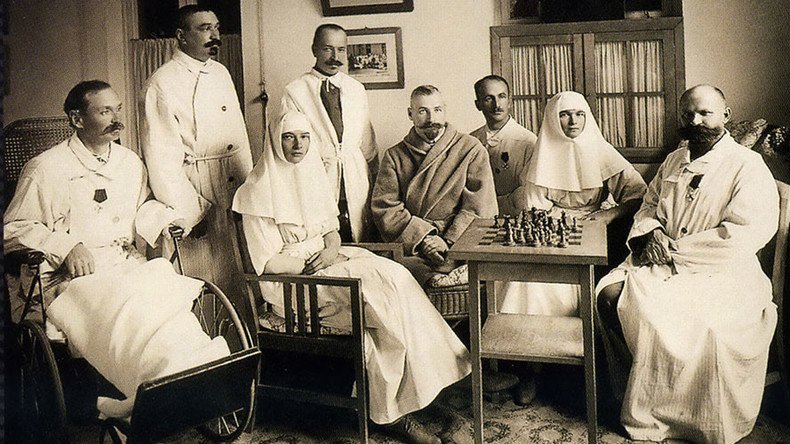
Today, The International Committee of the Red Cross (ICRC) operates alongside dozens of humanitarian organizations, but when it was founded in 1863, there were none like it. A new exhibition has opened in Vienna covering its early – noble and gruesome – years in the Russian Empire.
The brainchild of Swiss businessman and author Henry Dunant, who was scarred by witnessing the Battle of Solferino in 1859, ICRC was initially concerned with one thing – stopping the avoidable suffering of thousands of soldiers in the battlefield.
But by the time Russia - along with a dozen leading European powers met in Geneva to discuss its establishment - it became the cornerstone of a new international order, in which countries, however haltingly, attempted to place humanitarian principles above national interests. The Geneva Convention, signed the year after ICRC came into existence, is based entirely on its principles, and sees is as its chief executor.
A the time, only one Russian family had the combination of limitless power and noblesse oblige the Red Cross east– the Romanovs.
“The long history of charity and philanthropy in Russia is based on the Christian tradition and our national culture, which has always encouraged Russian Tsars, Emperors and nobility to generously contribute to extensive humanitarian activities of numerous medical, social and religious institutions. The Russian Red Cross Society is one of the oldest Red Cross organizations in the world, and its early history is closely linked to the royal family and the nobility of the Russian Empire,” said Anna Gromova, Chairwoman of the Supervisory Board of The Grand Duchess Elisabeth and Grand Duke Sergius Enlightening Society, who curated the exhibition.
The Russian Red Cross was established by the order of Tsar Alexander II, and placed in the care of his wife, Maria Alexandrovna. But the exhibition focuses on another Grand Duchess, Elizaveta Fedorovna, a German princess who came to Russia to marry the Tsar’s brother, and was quickly adopted by ordinary Russians, who saw her commitment to charity and faith – she converted to Orthodoxy – first hand.
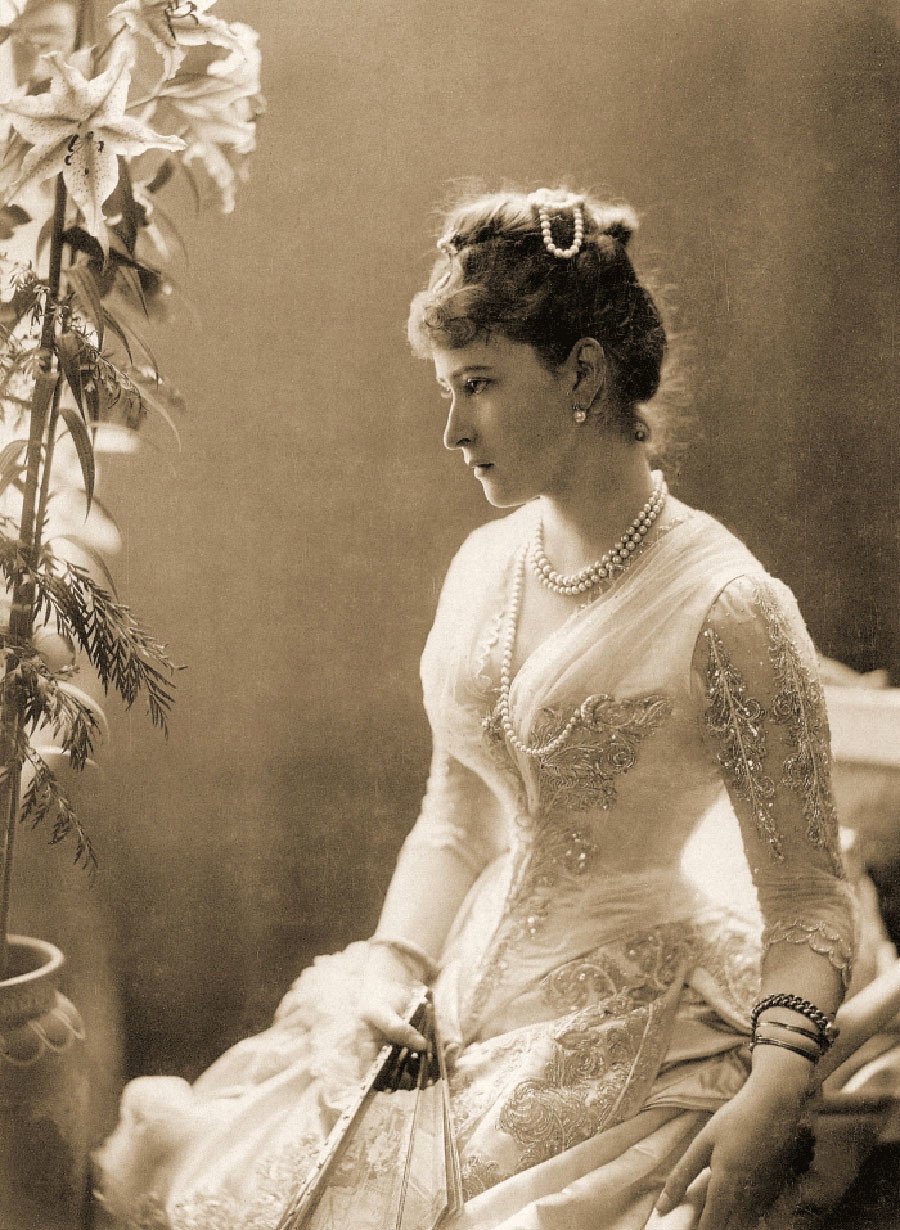
The Grand Duchess, who learned to speak Russian with only an imperceptible accent, first set up an orphanage for abandoned children in Moscow, followed by others through the entire region. She also headed the Women’s Committee of the Red Cross, and was eventually responsible for the entirety of the organization in Moscow - in charge hundreds of doctors and volunteers, and thousands of patients.
Meanwhile, the responsibilities of Red Cross itself kept broadening – not only would nurses travel across Europe to help the wounded in foreign wars, but now they provided surgeries for the poor, and turned into first response teams following natural disasters.
"From 1901 the Russian Red Cross has integrated in its duties, not only the care of wounded and sick soldiers, but also care for the whole population during natural disasters like floods and epidemics, and so basically it performed the functions of EMERCOM," said Gromova.
After the assassination of her husband by a socialist revolutionary in 1905, Elizaveta moved to a convent, and spent her time personally rescuing homeless children from city markets, and serving at the bedside of the convalescent.
Always a staunch social conservative, she did not, however, attempt to escape, and was arrested at the personal behest of Felix Dzerzhinsky, the head of the Soviet secret police, and exiled to Yekaterinburg with other members of the Romanov family.
The Grand Duchess and seven others – including five Dukes – were thrown down a remote mine shaft outside the city. They survived the fall, and were left to die over several days from their wounds and starvation. In 1992, Elizaveta Fedorovna was canonized.
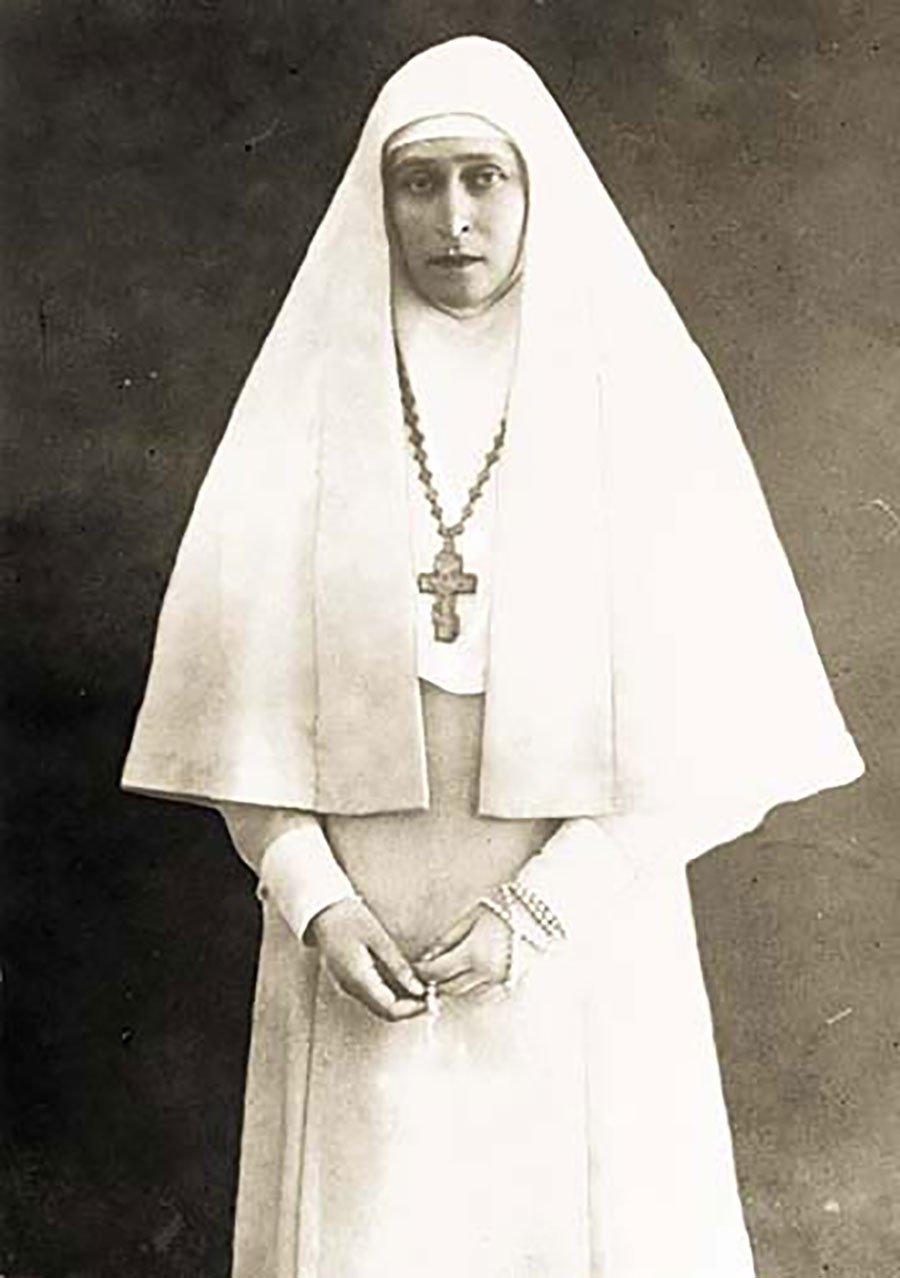
While its royalist roots were obscured by the Soviets, the already iconic Red Cross was not dropped, and its facilities and functions were adopted by the USSR from the civil war onwards.
The exhibition, which comprises little-known facts and hundreds of rare period photos, was presented in the United Nations office in Geneva, and has now moved to the Rotunda of the sprawling UN complex in Vienna, where it is open to visitors. Gromova says that she next plans to take the exhibition to other European capitals, several of which have already provided public spaces.
